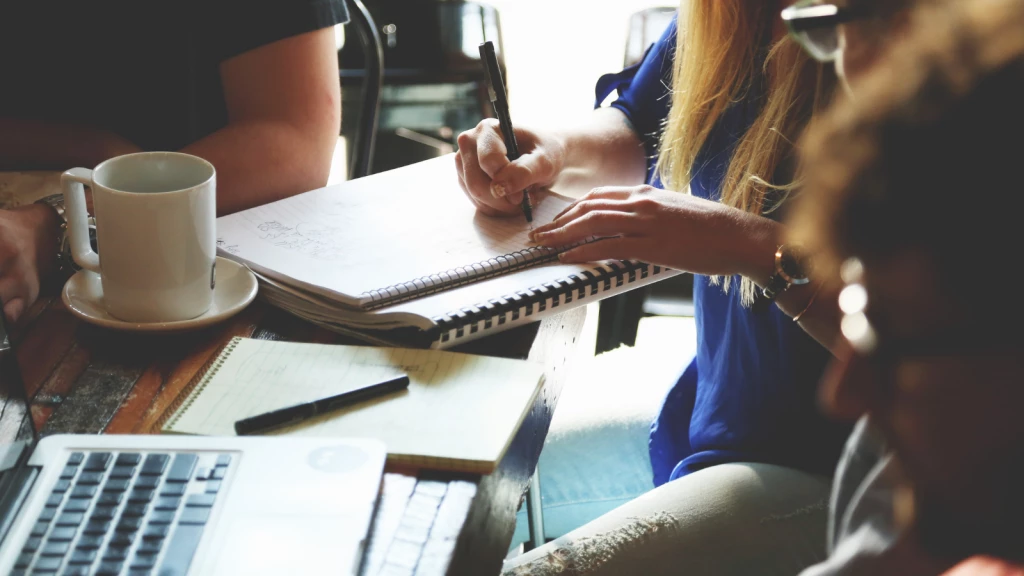Vaccine Manufacturing: Preparing for a Pandemic
Add bookmark
Vaccines have played an essential role in global healthcare for decades and the sector is one that is still performing extremely well.
The global vaccines market is expected to experience double-digit growth in the coming years, increasing from $25 billion (£15.8 billion) in 2009 to $100 billion in 2024.
As with many sectors of the pharmaceutical industry, those within the vaccine manufacturing sector are increasingly concerned with the time it takes new products to get to market, and balancing cost effectiveness with continued high safety standards.
The threat of influenza pandemics in recent years has also helped thrust the process of vaccine manufacturing into the spotlight. But, while those involved in vaccine manufacturing are forced to focus on pressing threats, they must not forget the continued innovation required to remain competitive.
WHO's role in pandemic vaccine manufacturing
Once a new strain of influenza is identified, it takes five or six months for a vaccine to become available to members of the public.
The World Health Organisation (WHO) is involved in the manufacture of vaccines for potential pandemics, starting with the submission of a new virus strain to the body. A hybrid virus is then created using the pandemic strain and a laboratory strain that can be used in the vaccine manufacturing process.
A further three weeks are then required to test the vaccine to ensure it displays the correct characteristics of the pandemic strain.
Vaccine manufacturing facilities must then wait a further three months for the WHO to produce standardised substances, known as reagents, which will be used to establish how much virus they are producing and ensure all manufacturers are producing the same dose.
Vaccine manufacturing stages
Once the reagents have been accepted by outside organisations, vaccine manufacturers must establish the optimum conditions for growing the virus, which is done in hens' eggs.
Bulk production starts when these optimum conditions have been discovered and involves the incubation of thousands of hens' eggs containing the virus for two or three days.
The partially pure virus is separated from the egg whites and killed with chemicals. The outer proteins of the virus are then purified to become antigens, which is the main basis of the vaccine. The antigen is diluted to create the final batch of vaccines.
Producing a batch of antigen takes around two weeks and the process is likely to be restarted every few days until the required amount is produced.
Quality control and regulatory control
Vaccine manufacturing is placed under strict controls to ensure the final products pose no safety risk to the public.
Before the vaccine is filled and released, quality control testing takes place to ensure the sterility of the bulk antigen, which in the case of pandemic vaccines requires the reagents provided by the WHO.
Once the final vaccine products are ready to be shipped, a number are tested for sterility and the concentration of proteins.
Each country has a different regulatory and testing process which vaccines have to go through before they enter the market. This could include clinical studies where the vaccine is tested on a small number of human subjects.
In the United States, where many vaccines are intended for childhood immunisation, the Food and Drugs Agency regulates vaccine manufacturing through the Center for Biologics Evaluation and Research.
The Medicines and Healthcare Products Regulatory Agency is tasked with monitoring the safety and quality of vaccines in the UK, while the European Union, the European Commission and the European Medicines Agency are all involved in assessing and authorising vaccine manufacturing for pandemics.




















